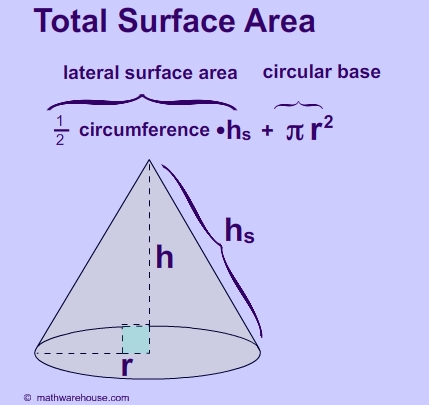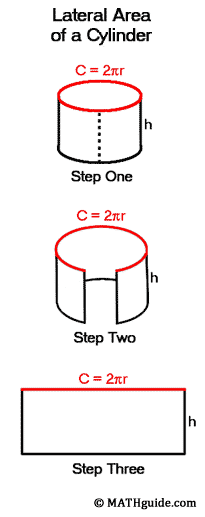Aim: How do we find the locus of points?
- When finding the locus or the locus of points, you should go by this definition:
- the set of all points that satisfy a given condition.
- The locus is usually graphed on a general graph of a given equation. but this is only sometimes, depending on the question (what is asked).
A single point:
- When graphing the locus of points that are equidistant from a single point, it'll create a circle with the original point at it's center point. Also with the set of points in the line of the circle !
2 points:
- When graphing the locus of points that are equidistant from 2 points , it'll be the perpendicular bisector of the line segment connecting the 2 points. This forms a line through the middle of the 2 points.
 |
The 2 points which are P & Q
have a line that makes a perpendicular
bisector through the line that P & Q. |
A line:
- When graphing the locus of points that are equidistant from a line are 2 lines (that are on opposite sides), it'll be the same distance [equidistant] and parallel to the line. This leaves 2 parallel lines on opposite sides of the original line.
- When graphing the locus of points that are equidistant from 2 parallel lines is another line (half-way between both lines), then each of the them will be parallel. So it'll be a line through the middle of the 2 lines.
 |
These locus of points are equidistant
from the y-axis. They are on the
lines x=-1.5 and x=1.5. |
2 intersecting lines:
- When graphing the locus of points that are equidistant from 2 intersecting lines, it'll bisect the angles formed by the original lines. That means that the 2 intersecting lines are half-way between the 2 original lines.






























